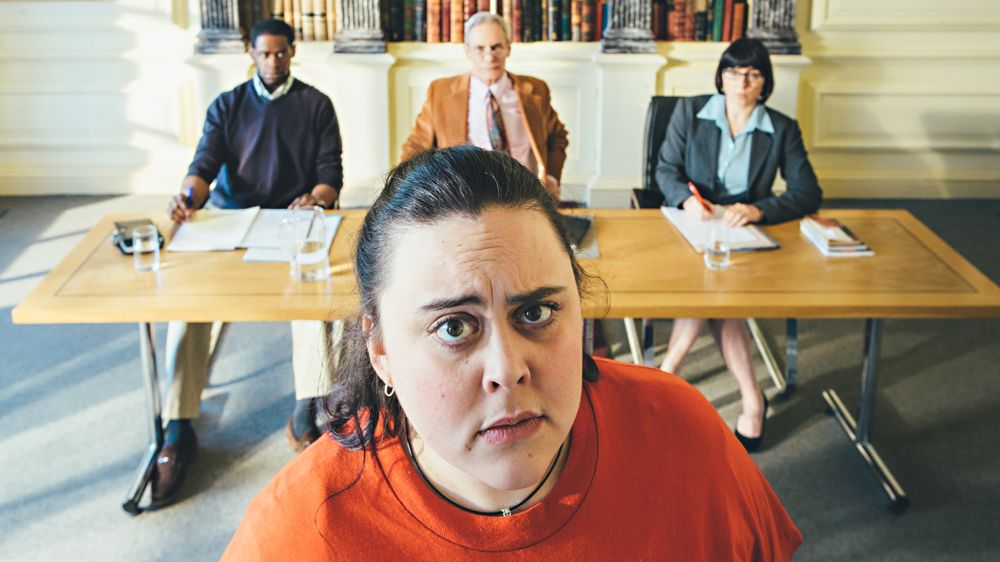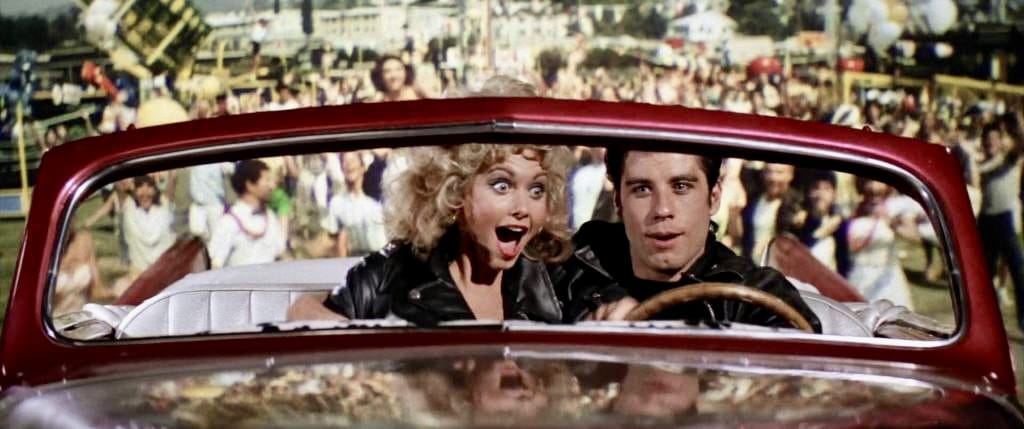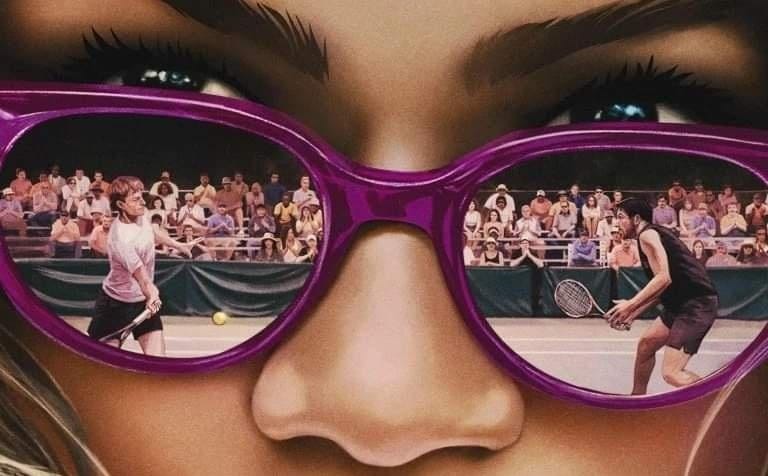By Marie Goodwin, Third Year, English Literature
My Mad Fat Diary was initially released in 2013 and shown exclusively on Channel 4. However, with its recent appearance on Netflix, I’ve come to realise just how relevant and impactive the series still is for me. From a surface level, it tells the classic story of an insecure teenage schoolgirl who suffers from a myriad of mental health issues, but the show extends far beyond this reductive stereotype.
Throughout its three seasons, we see major character development from Rae, or as she is affectionately known amongst her group of friends, ‘The Gang’, ‘Raemundo’ as she navigates friendships, boyfriends, life after a major breakdown and her hilarious, yet difficult, relationship with her mother.
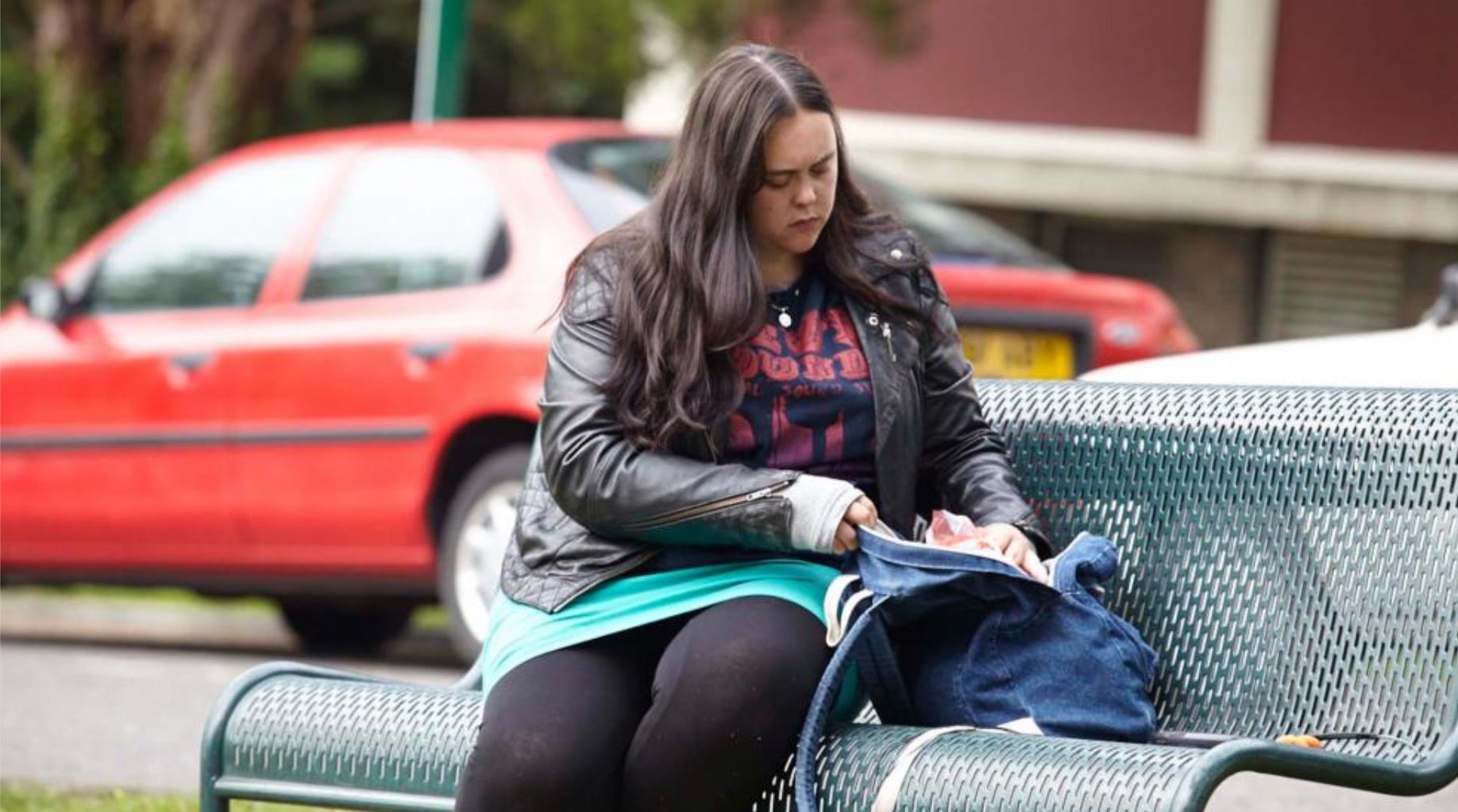
Whilst it is not a light-hearted watch, I am struck by the way in which the show is able to tentatively balance its deeper elements with genuinely funny scenes. I think the show’s comedy is important for us to detach Rae from her struggles with mental health as we are able to see her beyond these issues – she is not defined by them.
I would say that Rae is one of my favourite TV show characters because of her very ridiculousness. We are invited to laugh with her as she is in the throes of one of her many all-consuming boy obsessions or arguing with her mum about all things, ranging from fad diets to being humiliated in front of ‘The Gang’.
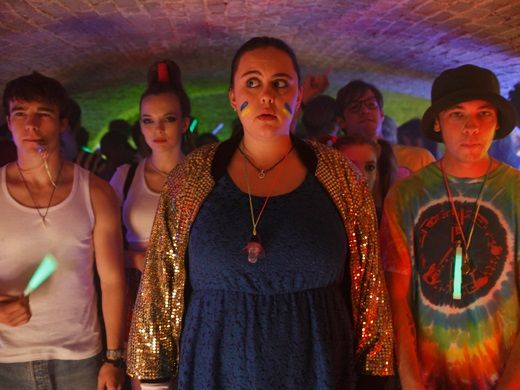
A series highlight occurs where Rae’s best friend Chloe narrates, and past scenes are shown through her perspective. In showing how previous episode’s events are seen through a different lens, the nature of the story shifts and a whole new perspective is provided.
It is Rae and Chloe’s friendship that moulds the show as even though it predominantly charts Rae’s personal journey to self-acceptance, their friendship experiences a similar trajectory of growth. The two grew up together and we see a few sentimental flashbacks to their childhood days, yet as they reach adolescence, they have both gone in very different directions.
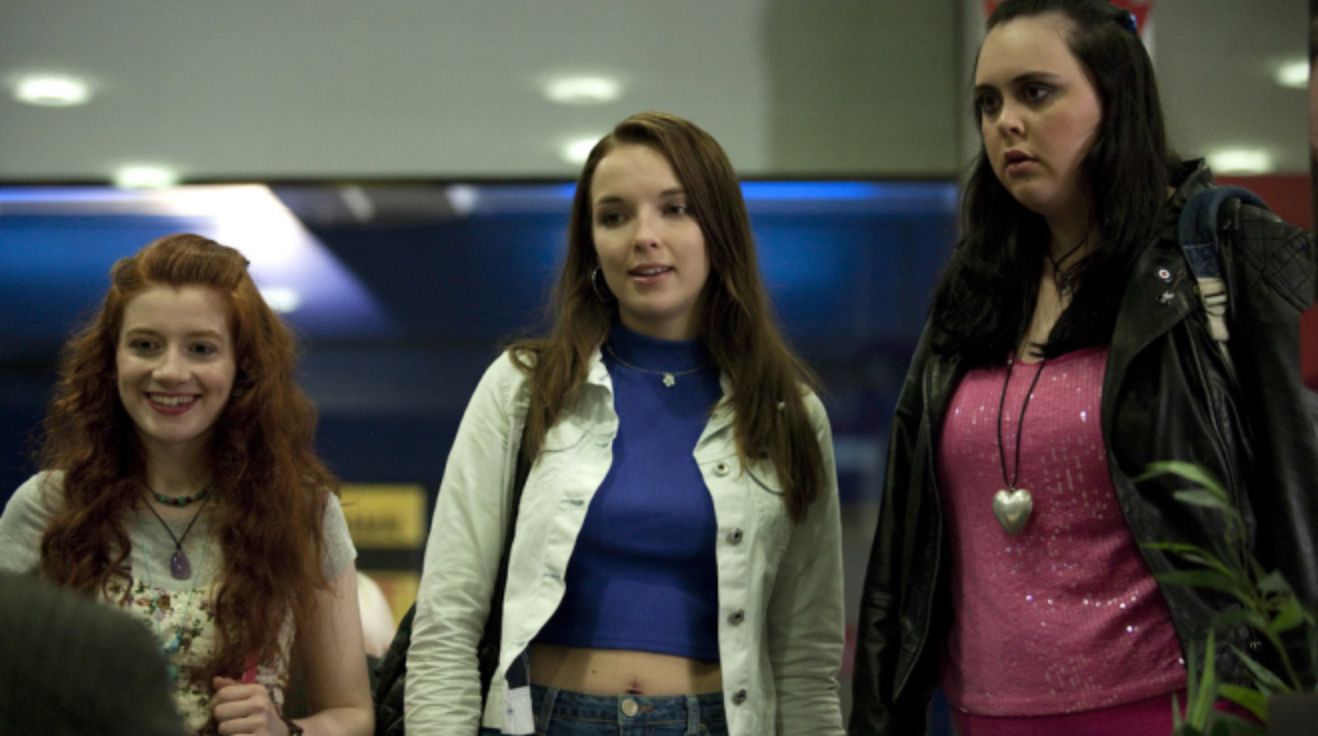
Chloe is, at surface level, a girly girl who cares a lot about fitting in and being liked by boys, yet we are gradually let into her own interior world of insecurity and low self-esteem. Because of this, she and Rae are not actually too dissimilar and so as they reacquaint themselves, they are granted a new opportunity to properly understand each other and to let go of their superficial differences.
Rae is able to eventually open up to Chloe about where she was all summer, and, in the last season, Rae helps Chloe out of her own dark place. They are an unlikely pairing, but the show highlights how despite their various hiccups and fallings out, their friendship is one of the few constants in each other’s hectic lives.
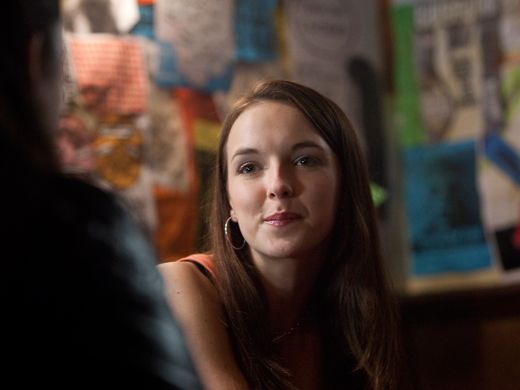
Of course, one of the show's central themes is fatphobia and eating disorders, and to this day I haven’t watched something that handles these topics so well. As a plus-sized teenage girl, Rae is bogged down by body insecurities, and we see how her relationship with food is deeply intertwined with other issues in her life. But I think what is so refreshing about this series is that because we are given a direct diary entry perspective from Rae, we are really able to see how her self-perception mars a lot of potentially great experiences for herself.
There’s no more human experience than having things be ruined by ourselves and our own insecurities, and one of Rae’s biggest battles throughout is fighting against these negative internal thoughts. Yet, it is these interior thoughts that make Rae such a likeable character as, even if she behaves in problematic and self-sabotaging ways, we know what has led her to that point. She has many pivotal conversations with her beloved counsellor Kester, and as her character develops, she manages to get to the crux of why she behaves the way she acts.

Rae is forced to directly confront her feelings when she gets into a relationship with the conventionally attractive Finn who is unable to see any of the bad things Rae thinks about herself.
It is sad to watch the scenes where she cannot be intimate with him, not because of a lack of attraction on her end, but purely because she cannot stand the idea of being seen naked. Finn is often left hurt and confused, and it is frustrating as an audience to see his bewilderment when Rae’s narration gives us a clear insight into her thought processes in real-time.
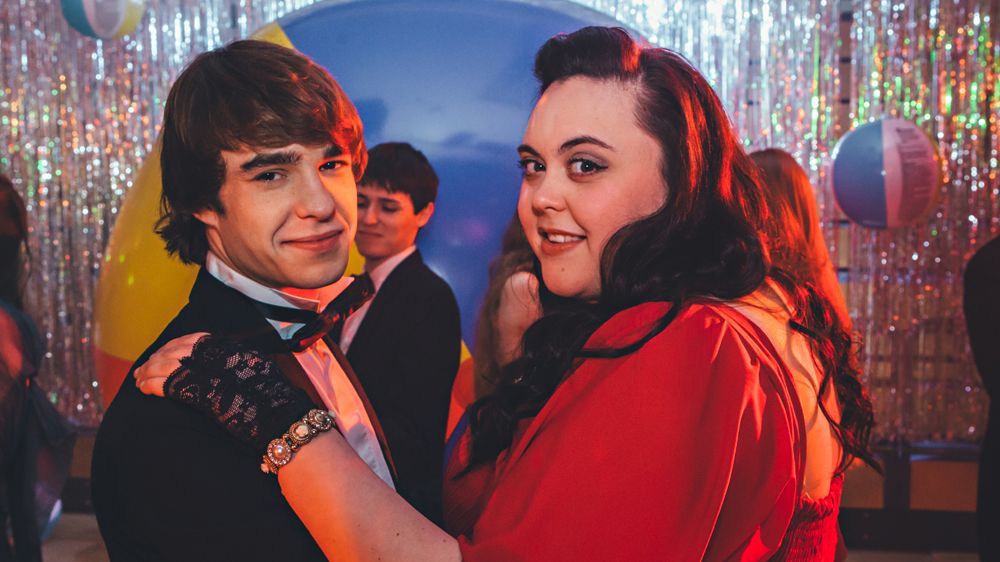
Despite these upsetting scenes, the series ends on a particularly positive note as Rae sits on a train carriage ready to embark on her new life at Bristol Uni. There is an emotional moment where she looks into the window’s reflection and sees the friends and family she has left behind, smiling lovingly at her. Each character has helped pave her into the mentally stronger and happier person she is at the end.
As someone extremely invested in Rae’s character, it is amazing to see how much she has grown from the girl who first stepped out of a mental institution in Episode One.
Featured Image: IMDB
What project would you like to see us reflect on next?

